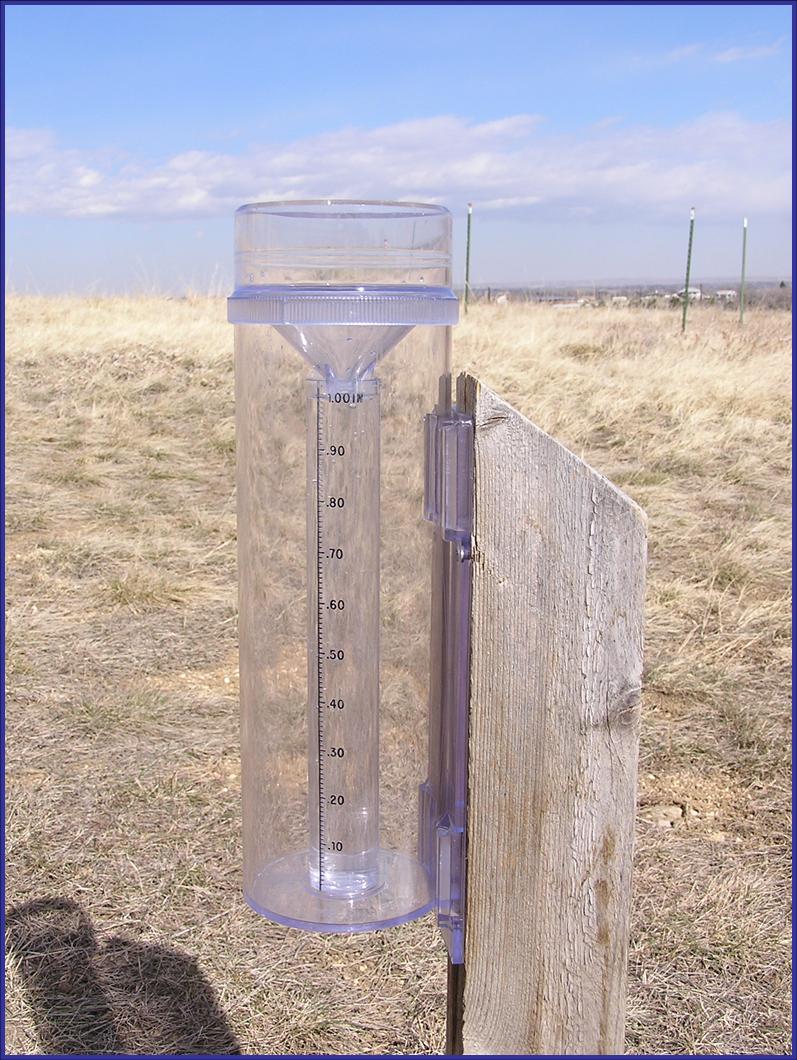

Waialeale, Hawaii, where an average of 373 inches of rain has fallen annually between the years 19. In case you're wondering, the wettest place in the United States, as shown by data collected by the Western Regional Climate Center, is on Mt. The world's wettest spot, Mawsynram, in Northeastern India, experienced a mean of 494 inches of rain a year during the years 1989-2010, replacing the previous placeholder, Cherrapunji, also in Northeastern India, where a mean of 471 inches fell during the same period. One of the driest spots on Earth is Iquique, Chile, where no rain fell for 14 years. The amount of precipitation that falls around the world may range from less than 0.1 inch per year in some deserts to more than 900 inches per year in the tropics. Water vapor ( evaporated from oceans, lakes, forests, fields, animals, and plants) condenses and returns to Earth as precipitation, once again replenishing reservoirs, lakes, rivers, underground aquifers, and other sources of water and providing the moisture required by plants and animals.

Precipitation can be estimated at about 0.1 mm.A localized heavy summer rainstorm in ColoradoHere is a classic summer rainstorm they are often small but intense. Other rain events are more "frontal" in nature, with large nimbostratus types of clouds bringing precipitation over a large area.įortunately for everyone, water is a renewable resource that moves in a cycle with neither beginning nor end (but, you can put in your vote as to where you think it begins). Simmons rain gauge minimum scale is 0.2 mm. What is the Least Count of Symon’s Rain Gauge? One of the major drawbacks of the Simmons Rain Gauge is its inability to determine when it started raining, how much it rained, when it stopped, and variations in rain intensity during the rainy season.Simon’s rain gauge only displays the amount of rain that has fallen.This meter does not record and measure precipitation at the same time.This type of rain gauge only collects rain.By removing the funnel collector, a substantial amount of rainfall accumulates and also plays an important role in estimating cold climates.

Useful for measuring any type of precipitation including snow and rain.

Keeping the meter height above 30 cm reduces the amount of rainwater collected due to the wind eddies created by the meter.Reduces the amount of water splashing into the funnel to almost zero.Note: There are two reasons for keeping the funnel lip 30 cm above the natural surface.


 0 kommentar(er)
0 kommentar(er)
